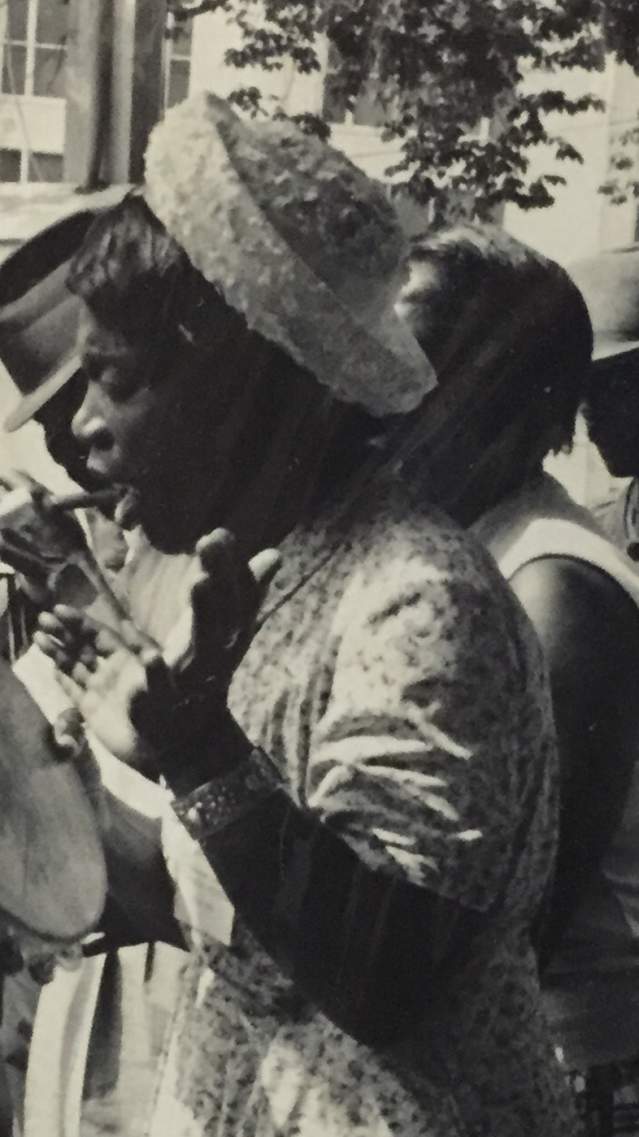The Georgia Sea Island Singers
For slaves, singing became a way of life. Songs floated over the rice fields, on the coastal waters as boatmen navigated and rowed from one plantation to another, and in the church meetings where the slaves convened. Out of this oppression rose a body of songs, which melded various songs into the genres of spirituals and gospel music, with a borrowing from the hymns and folk songs of the owners.
It was in the search of these old songs that the first singing group on St. Simons Island was initiated. Lydia Parrish, a part-time resident of St. Simons, began the collection of the songs after hearing her housekeeper Julia Armstrong sing. In pursuit of these songs, Parrish would visit the former plantations always asking for someone to sing the old songs. From those she contacted and the songs collected, she organized the Spiritual Singers Society of Coastal Georgia in the 1920s. Her book, Slave Songs of the Georgia Sea Islands, remains the official tome of the genre. For many years, the Georgia Sea Island Singers preserved their heritage by singing and performing these old songs.
Preserving a fragile part of the South's heritage in song through the generations was a labor of love for the Georgia Sea Island Singers. The original Singers, members of the Armstrong, Davis, Ramsey, Morrison, and Proctor families, were descendants of slaves who lived on local plantations. They were joined by Mrs. Bessie Jones, and later by Doug and Frankie Quimby of Brunswick.
The Georgia Sea Island Singers carried their songs, games and storytelling to virtually every state in the country and performed before Presidents and other world leaders. Through their music, these gifted performers described the world of their own slave ancestors, occupying that rare and powerful point where music carried profound meaning for the singer and listener.
